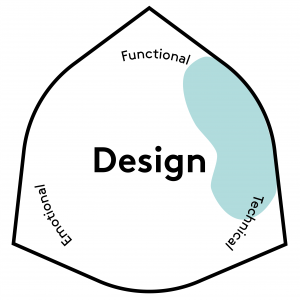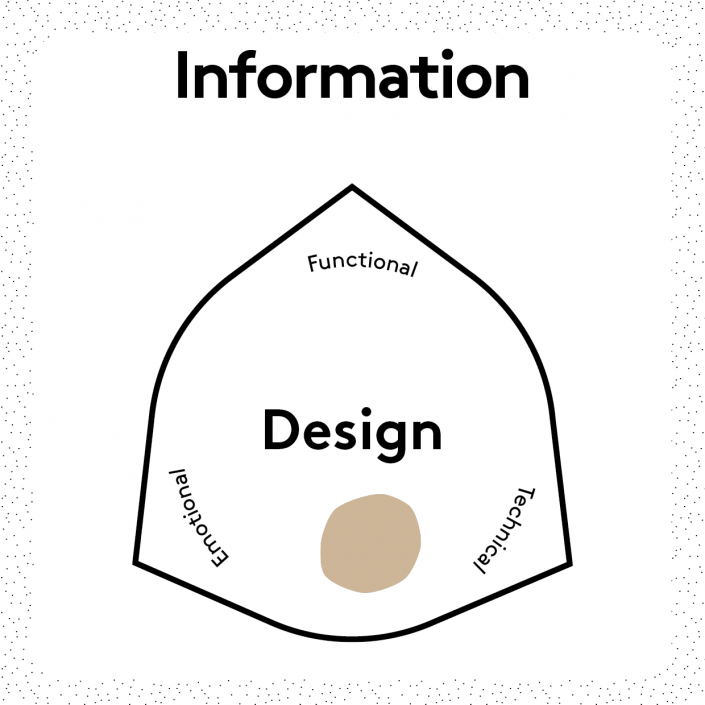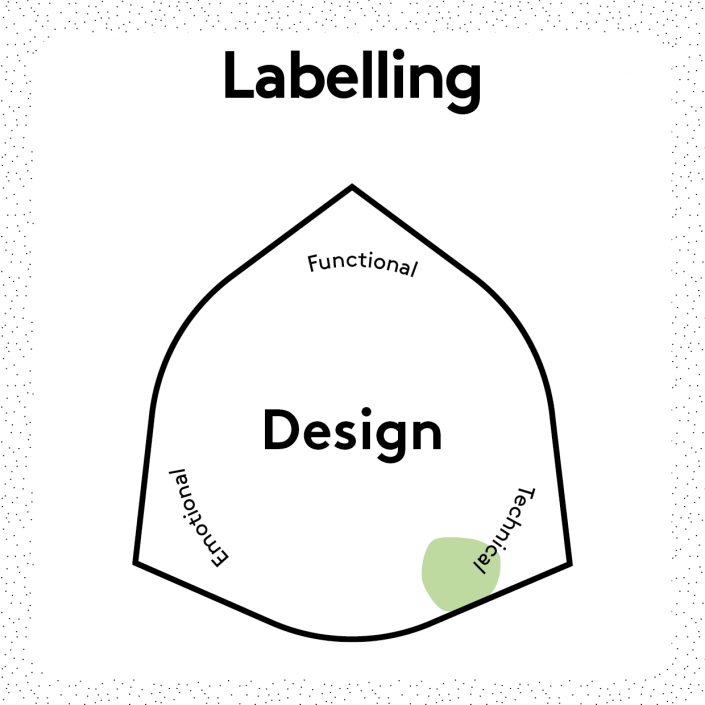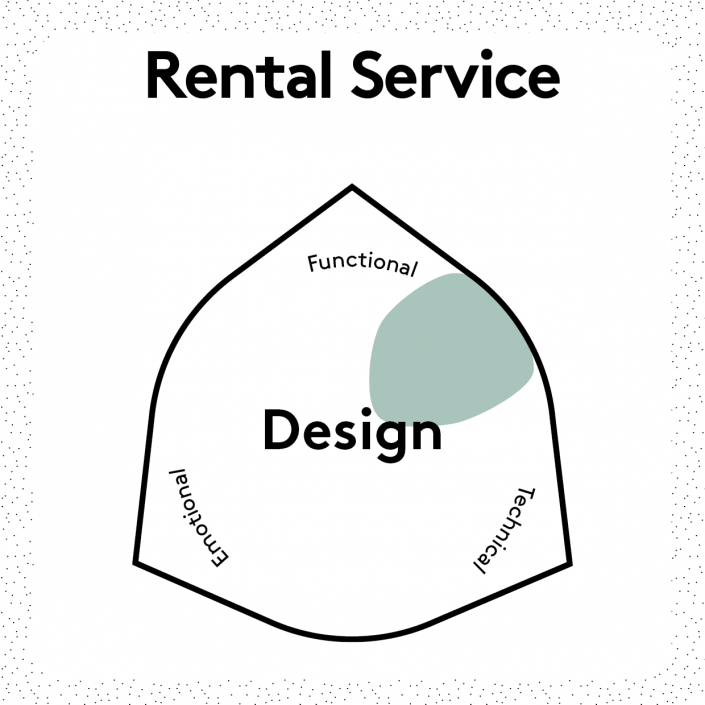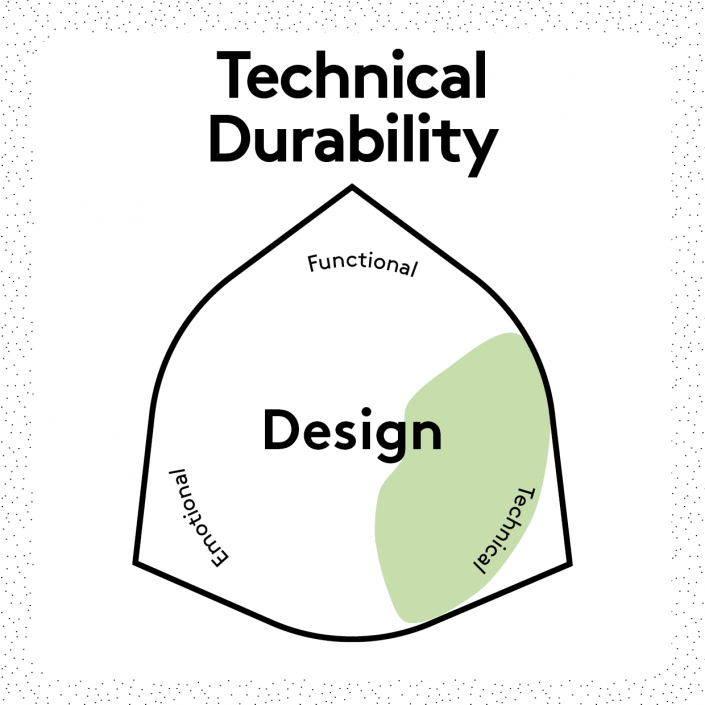What?
To motivate and empower users to maintain products with a low level of energy consumption through e.g. initial choice of material or information and guidelines (low wash temperature, zero tumbling, airing…).
Why?
- The energy consumption in the use/maintenance processes can be minimised with the right handling.
- The product lifespan can be prolonged through regular product maintenance.
Challenges
- Users may not read care labels, are habit driven and have, on average, limited knowledge on materials and maintenance.
- Poor material or product quality makes maintenance difficult.
Examples
- Konaka has developed a ’shower clean business suit’.
- Rubber belt drives by the company Gates Carbon Drive that require less maintenance than conventional steel chains.
- Themaintainers.org – a global network about maintenance.
- Documentaries such as A. Horne’s Maintenance (2012) or H. Block and M. Riesewieck’s The cleaners (2018), showing the dark tasks of maintenance.
Further Reading
Ackermann (2018). Design for Product Care: Enhancing Consumers’ Repair and Maintenance Activities. The Design Journal, 21(4), 543-551.
Evans & Cooper (2016). Consumer Influences on Product Life-spans. In: Longer Lasting Products. Routledge.
Laitala et al. (2015). Making Clothing Last: A Design Approach for Reducing the Environmental Impacts. International Journal of Design, 9(2), 93-107.
Mattern (2018). Maintenance and Care. Places Journal.

